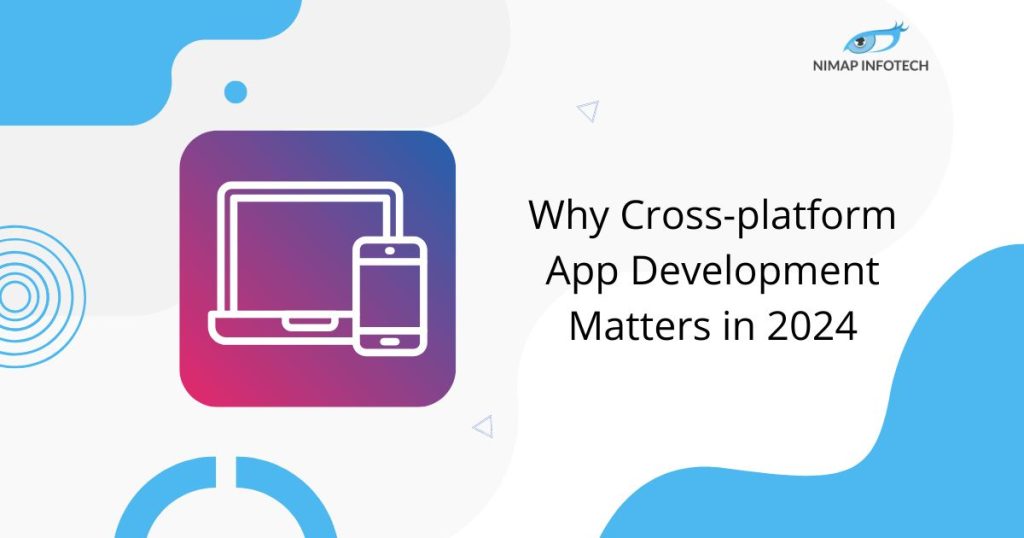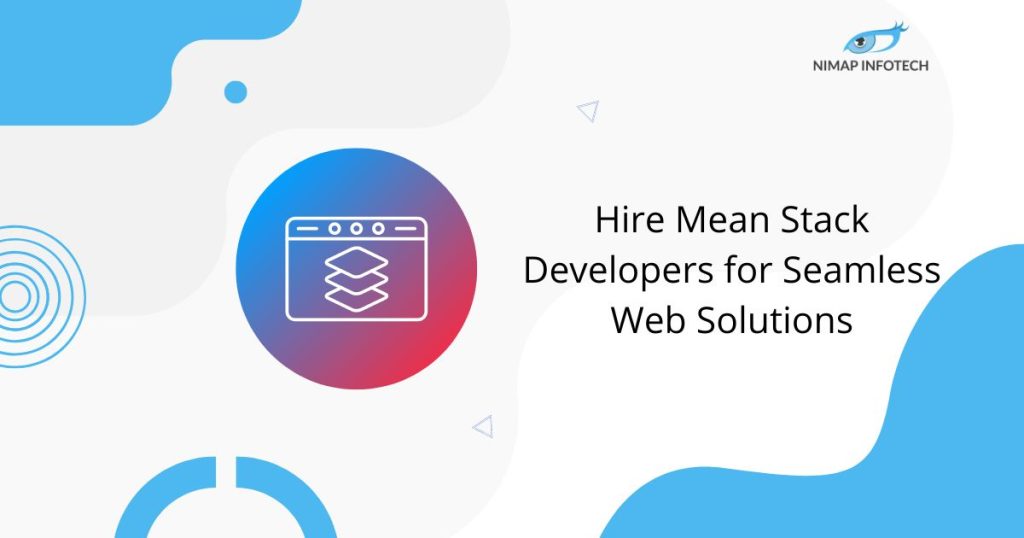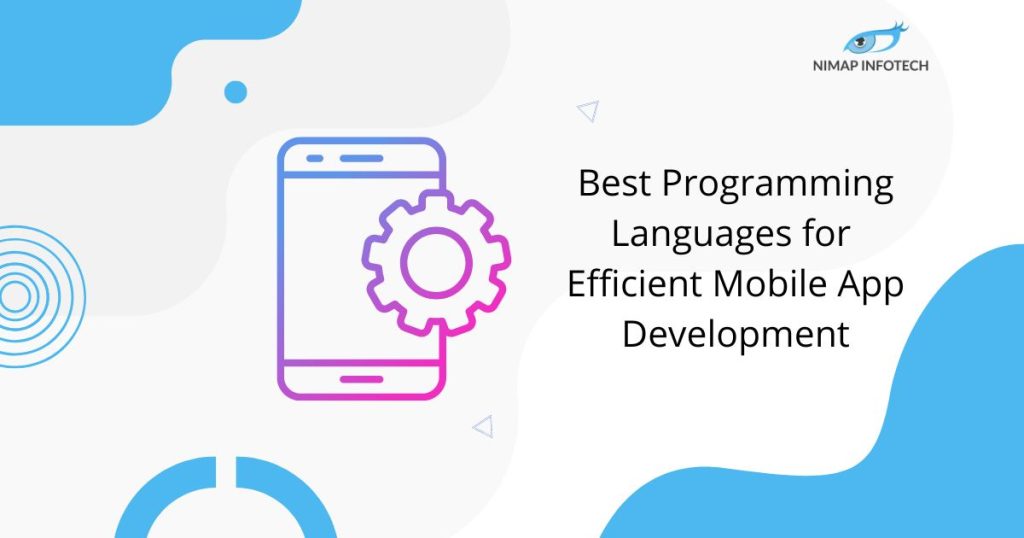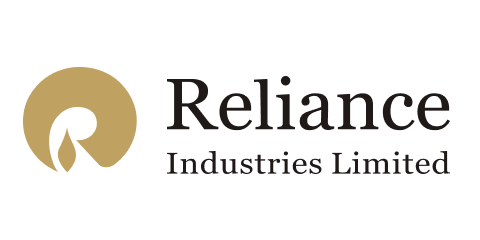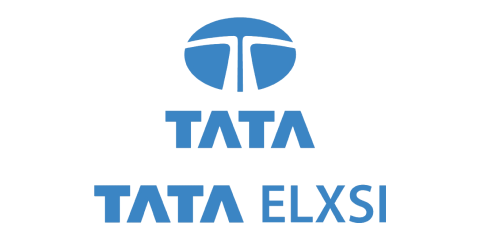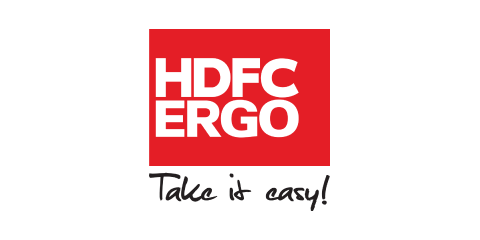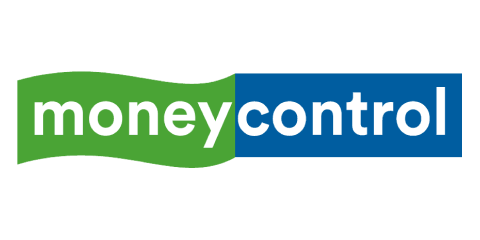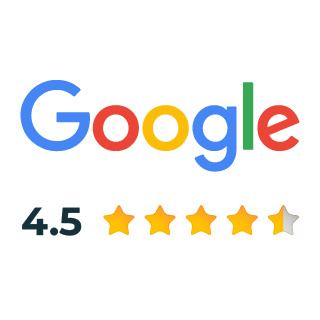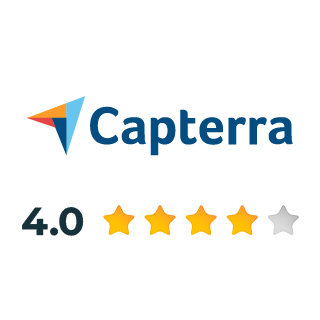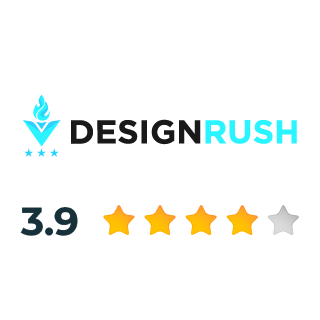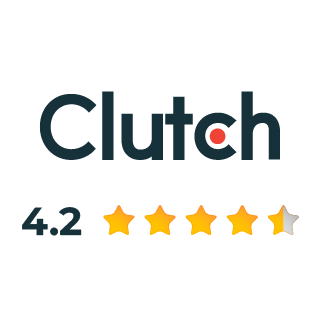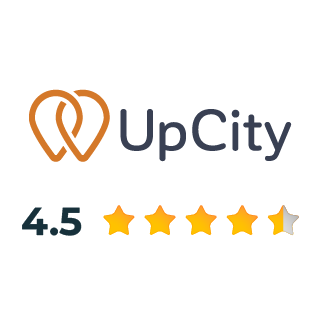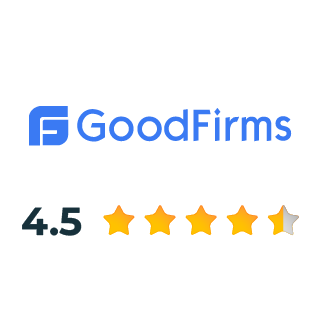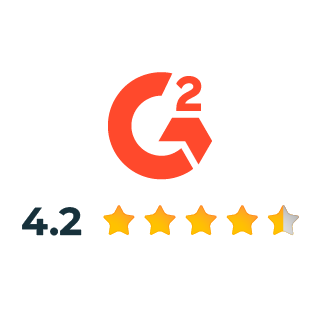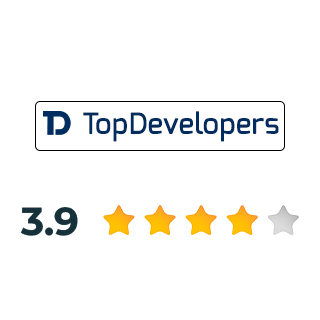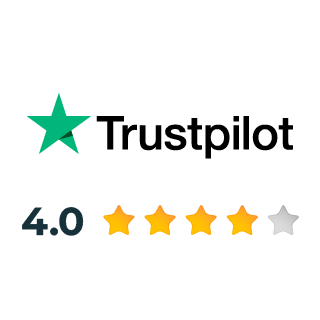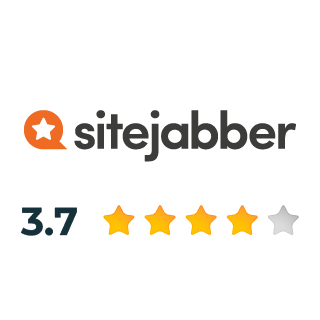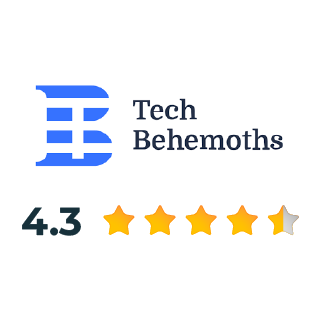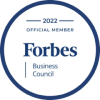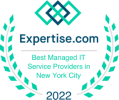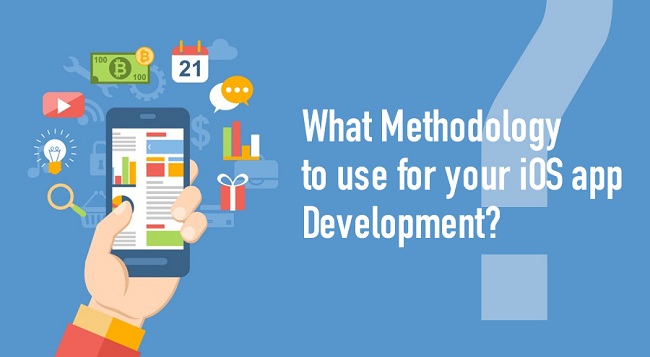
When you want to develop a robust iOS application for your business, one question always tends to come up the development plan discussions. Should you adopt the traditional and proven waterfall software development cycle or the more recent agile development?
The market for iPhone application development India can go either way depending upon the company, its process preferences, time-to-market, and flexibility needed. Yet, there are benefits and limitations of each model.
Let’s dissect the much-talked and hyped model and how they differ:
Waterfall Method
This is a smooth flow of one step to another, just like the actual waterfall, where each stage must be completed to a level before moving on to the next stage. The process flows downstream in the iOS app development process and a reversal is generally very expensive and requires rework. The good part is that processes are well-defined, planning is always a step ahead of execution, and there is tight monitor and control at all times. The steps go from conception, planning, getting resources aligned, cost, biggest estimation, requirement gathering, feasibility study, designing, coding, testing, deployment and maintenance in a fixed order. Of course, there may be releases that run in parallel, yet each thread has its fixed journey via various stages just listed above. Each stage may be further broken down into sub-phases if needed, or some stages may be combined as the case may be. Thus, it is a predictive planning system.
This model has high levels of documentation, traceability, communication channels, and deep expertise as its generally static in nature. The demerits are its inflexibility to adapt to any dynamic changes, and the process overheads to plan and manage. It is rigid and leads to slower pace of development.
Agile
As the name suggests, this emanates from the lean iOS application development process. All planning is not done at the very outset, rather it is done interspersed with developmental stages. The iterative model lets a POC evolve into a full-fledged prod t based on learnings during each iteration. It also supports the fast go-live and incremental approaches more naturally. As this one has come up with the dynamic changing scenarios of business today, agile is more cost9effectyve and flexible. The variations of agile are Kanban, Scrum, adaptive planning, extreme programming, and feature-driven development.
Agile leads to mire team collaboration, higher levels of ownership as each person has a say to bring about changes in the product. It is also more responsive to your feedback and changes from the client. The development is more transparent. However, the lack of proper and elaborate documentation can sometimes lead to diversion from intended behaviour. It is highly dependent on the skill-set of the respective teams and therefore at a higher risk. Too much flexibility can sometime hamper the development and it can catapult out of control quickly if not watched out carefully or if it has conflicting buy-ins from all stakeholders. Too much communication between team members can sometime bring down efficiency and add to confusion.
Hire iOS Programmer in Dubai, UAE
Yet, every iOS application development company in Mumbai prefers to use agile model for exploratory and cost-effective app development for its clients. Given the tight market competition today, a minimum viable product is the necessity and that can ride high on agile. In fact, agile is finding flavour with large enterprises and corporate-level projects as well.[/vc_column_text][/vc_column][/vc_row]
